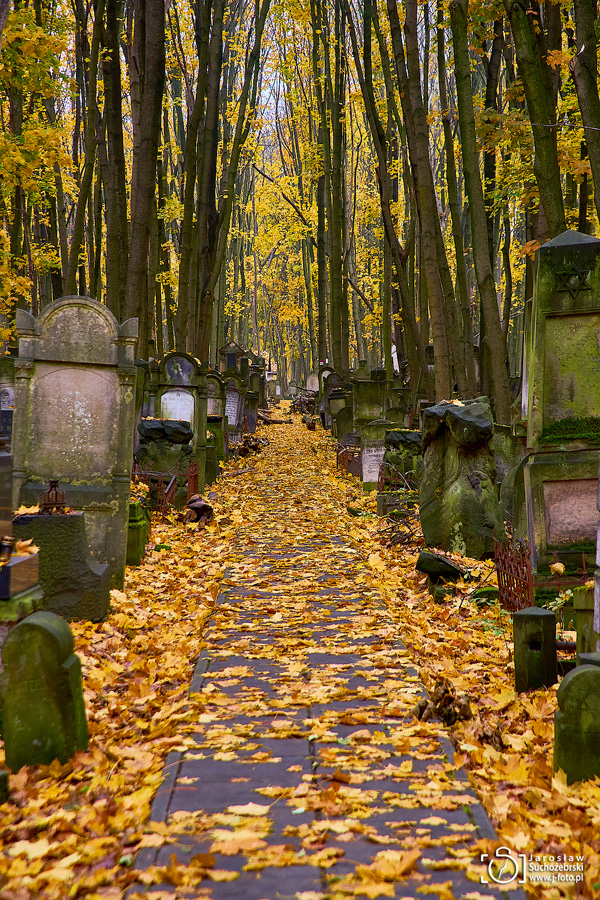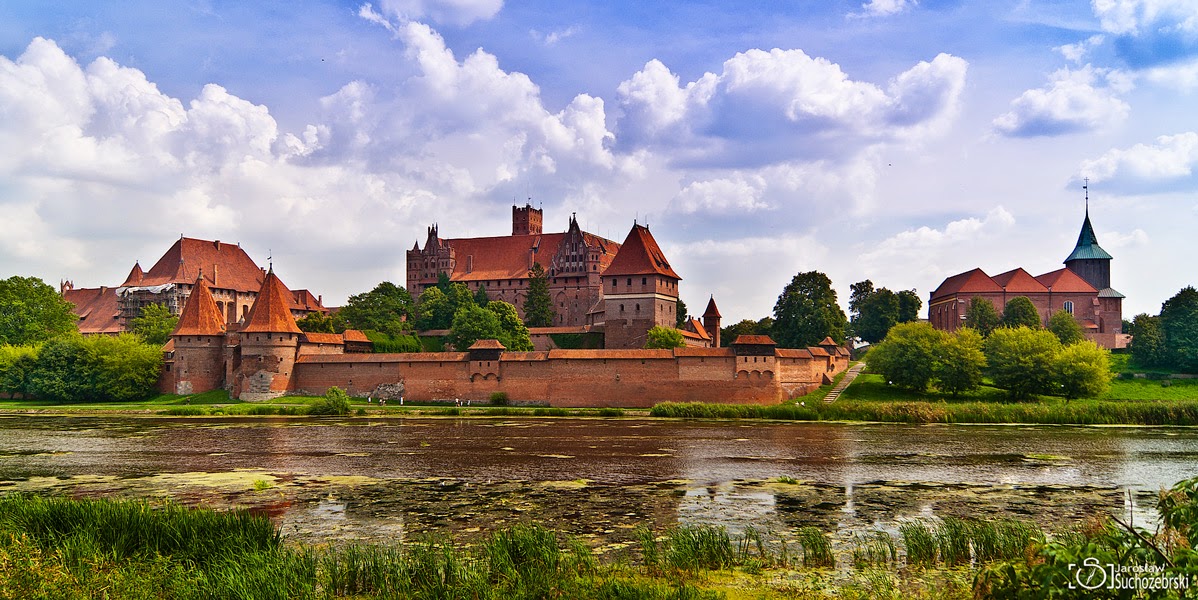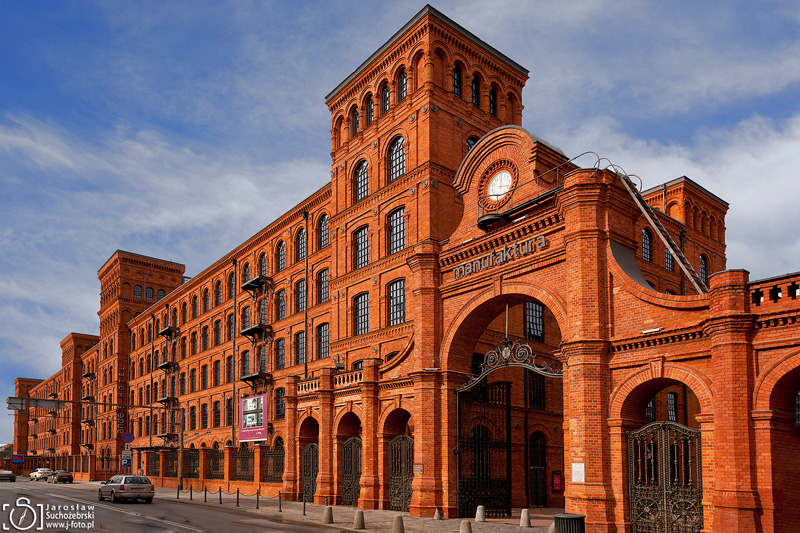Warsaw Jewish Cemetery
The Warsaw Jewish Cemetery is one of the largest Jewish cemeteries in Europe and in the world. This Wola District cemetery was established in 1806 beyond the city trenches (Polish: okopy), their course marked by today’s Okopowa Street. The cemetery occupies an area of 33.4 ha and it is the resting place of over 200,000 persons, many generations of Jews Varsovians. The cemetery is owned by the Warsaw Jewish Community and still serves as a burial place today.
The cemetery, which has become a dense forest in the post-war period, is filled with monuments dedicated to notable persons such as politicians, spiritual leaders, inventors, economists and others. Many of the markers are simple, others are elaborately carved and richly decorated. Large mausoleums appear in styles ranging from Egyptian Revival to Art Deco. The cemetery is divided into an area for women and an area for men. Moreover, there is an area of the Orthodox and for the Reformed deceased.
Unlike other cemeteries in Europe, all the graves in the Okopowa Street cemetery have their backs to the cemetery gate. The tradition of placing graves facing the cemetery gate stems from the belief that at the future resurrection of the dead, the dead will rise up and be able to leave the cemetery without having to turn around. However, in 1819, when one community member was accidentally buried with his head, rather than his feet, facing the cemetery gate, Rabbi Szlomo Zalman Lipszyc, the first Chief Rabbi of Warsaw, ruled that all future burials should be done the same way, to avoid causing embarrassment to the first one buried in this manner.
A renovated cemetery gate and a 19th-century water pump are located close to the entrance. To the right, there is a waterspout which is still in use. It was built in 1907 by the Mendelsohn family.
Many ohels of tzadiks and rabbis are to be found at the cemetery. The monument commemorating children who were victims of the Holocaust and the monument of Janusz Korczak and children from the Jewish Orphanage was erected in the cemetery.
A special area was dedicated to the burial of Jewish soldiers and Polish Army officers who died fighting to protect Warsaw in 1939. Nearby, a monument commemorating Jewish soldiers and officers deceased in WW II was built. A special value is attached to the monument commemorating Jewish officers fighting in the Polish Army, who were murdered by the Soviets in Katyn, Miednoje, Kozielsk, Ostaszkow and Charkow.
Thousands of Jews who died in Warsaw Ghetto during WW II were buried at the cemetery. Furthermore, Warsaw Ghetto insurgents, Jewish guerillas and 1944 Warsaw Uprising partisans have their burial plots and graves there.Sources: Wikipedia and Virtual Shtetl.
Linked to:
* * *
This post is linked at:







































Great post and pics.
ReplyDeletePrayers _()_
What wonderful pictures of a very sacred and solemn place. So much history here preserved for all to see and grieve. Thank you for sharing it with us. I am in awe of this. Would love to visit.
ReplyDeleteInteresting location with so much history! Wonderful photos.
ReplyDeleteA sad reminder of so much suffering
ReplyDeleteOh, my, what a crowded cemetery, but the headstones are gorgeous, even with the mold and mildew! It's a beautiful place in such a sad way, if that makes sense. Thank you so much for sharing!
ReplyDeleteWow - so very gorgeous!
ReplyDeleteFantastic tribute post to all those who lay in the cemetery. Your photos are superb.
ReplyDeleteWhat a beautiful place
ReplyDeletemollyx
Absolutely beautiful photos. That carving is absolutely breathtaking. This seems like an extremely beautiful cemetery, given the huge trees. It gives it a sense of peaceful calm, and I imagine is particularly beautiful in the summer as well. #TheWeeklyPostcard
ReplyDeleteFantastique ! Merci.
ReplyDeleteI would enjoy walking through this wonderful place, so much history and beautiful memorials. Beautiful photos.
ReplyDeleteDiana
Wonderful great pictures!
ReplyDelete